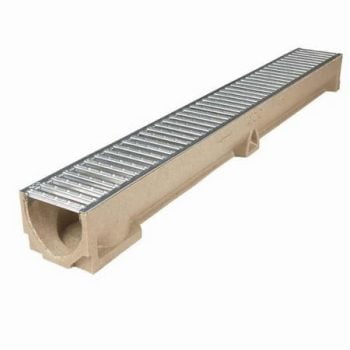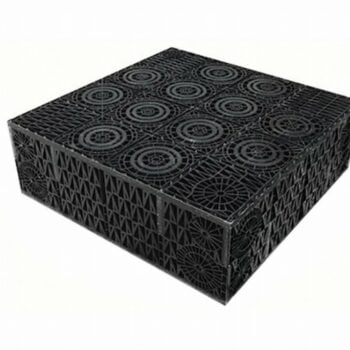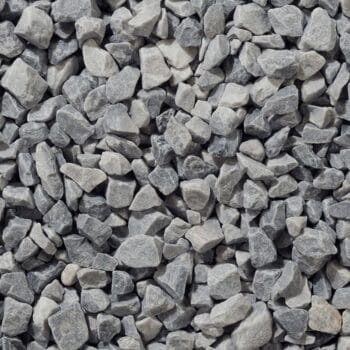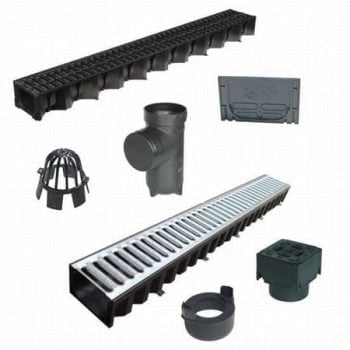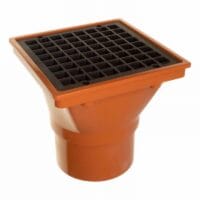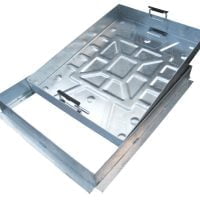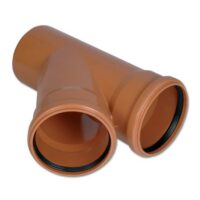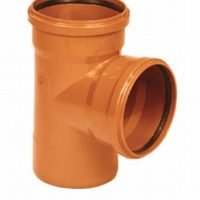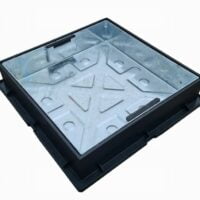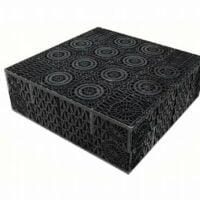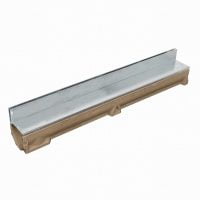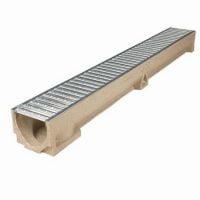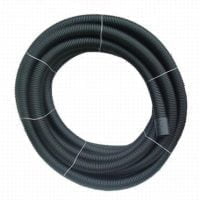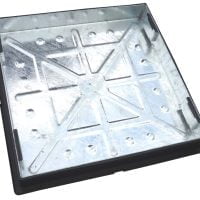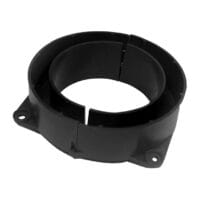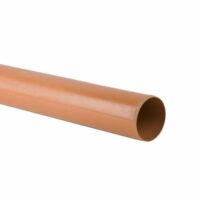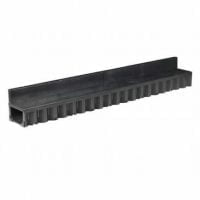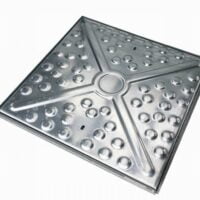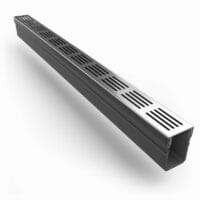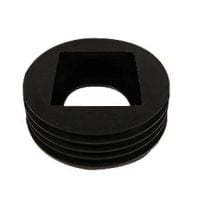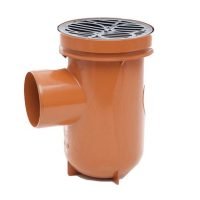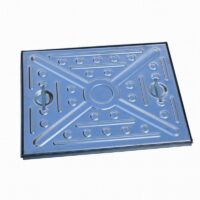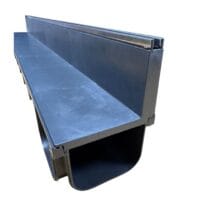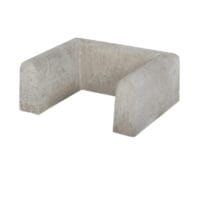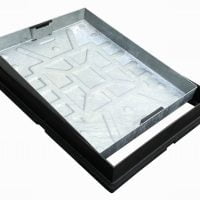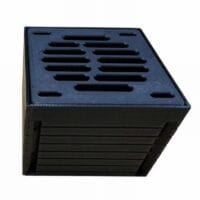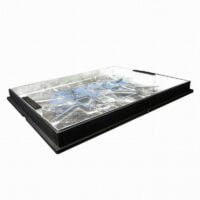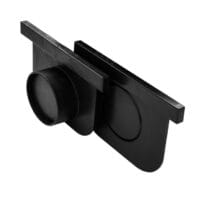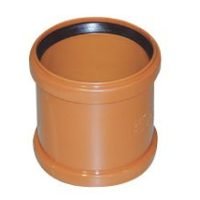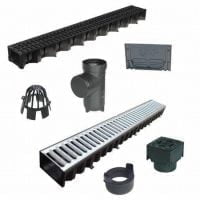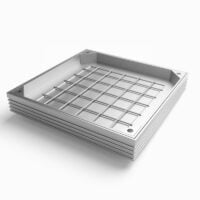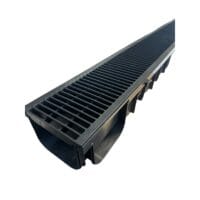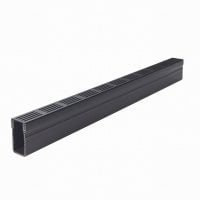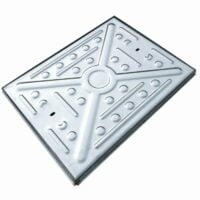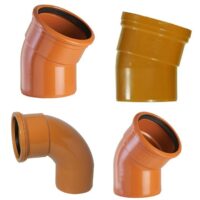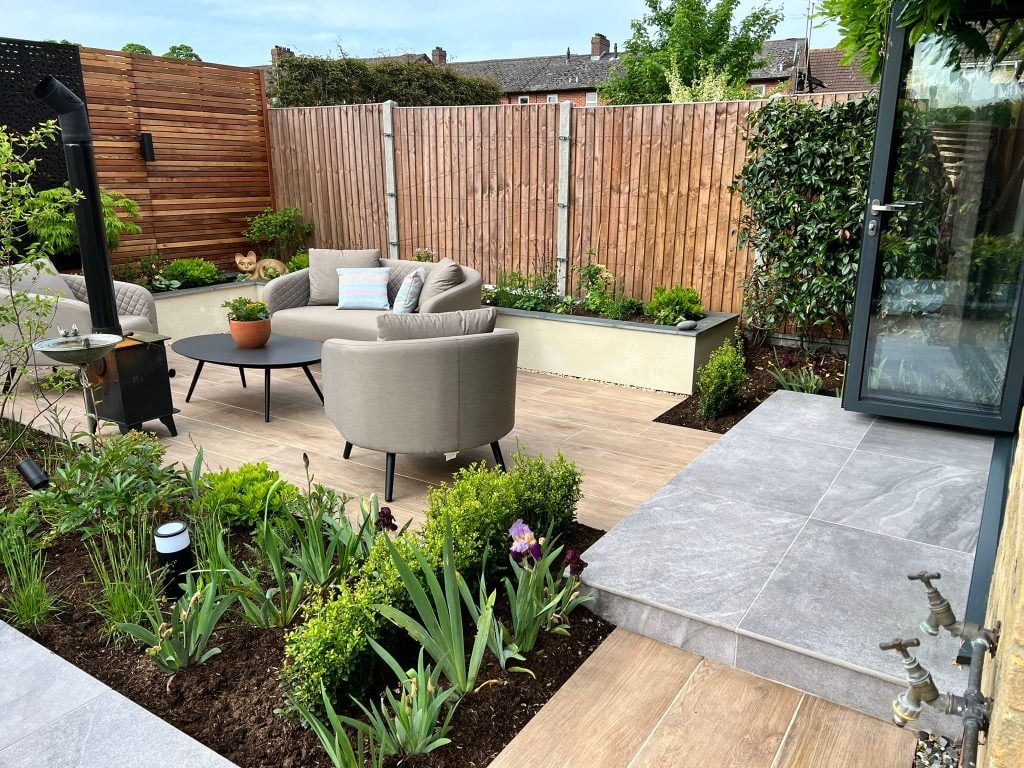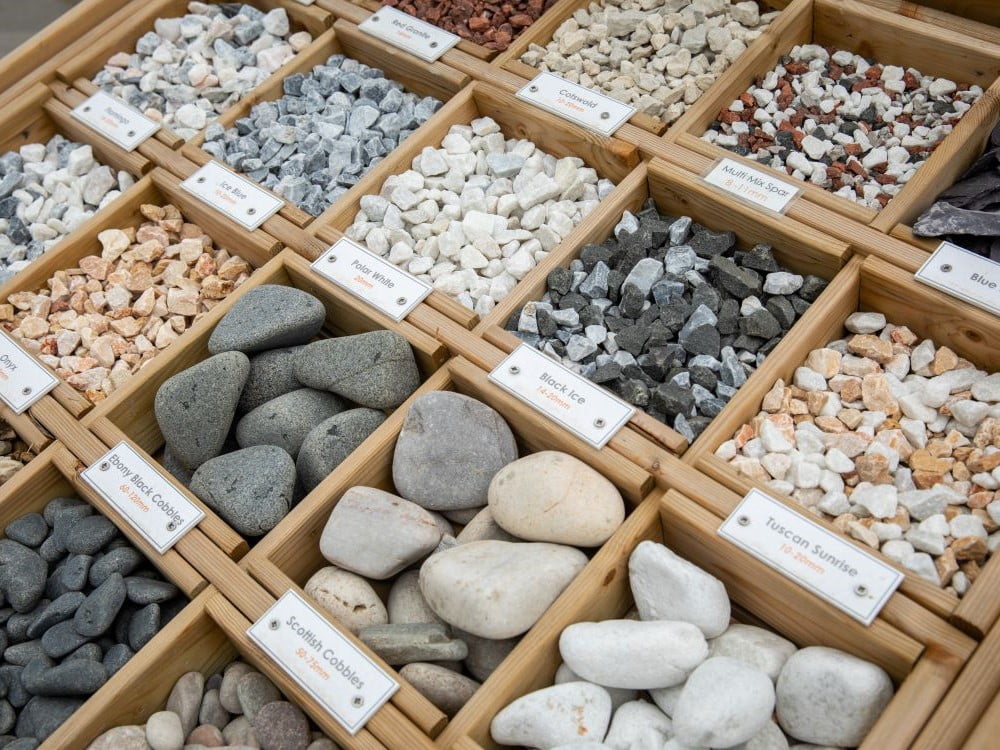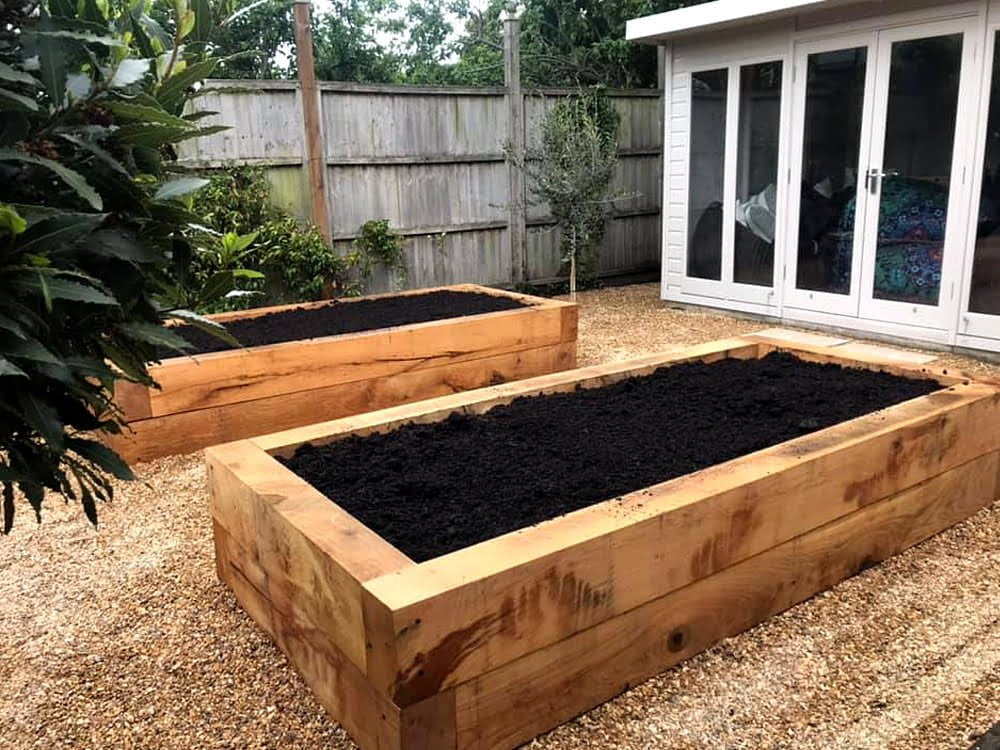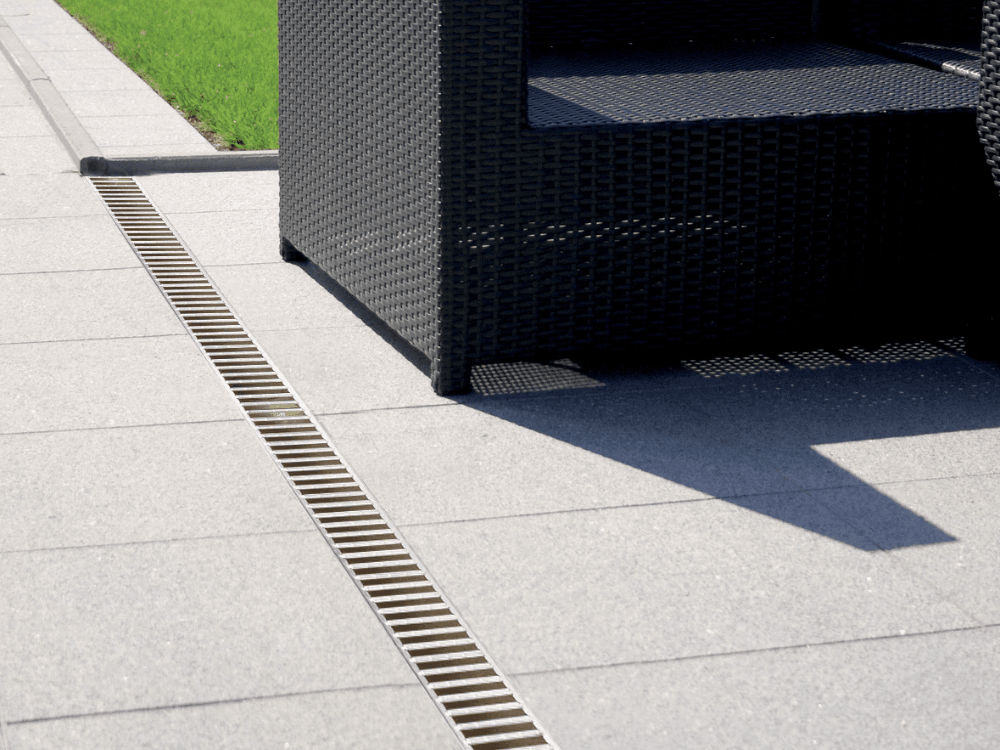
What are the best drainage options for my garden?
Proper garden drainage provides numerous advantages, ensuring a healthy and functional outdoor space. We explain the options and top questions to ask your landscaper.
Choosing the right drainage
When installing a patio, effective drainage is essential to prevent water pooling, surface damage, and potential structural issues. Selecting the right solution depends on factors such as patio size, ground conditions, and local rainfall levels. A combination of methods often works best for effective long-term drainage.
Draining solutions to consider for your garden project:

Questions to ask your landscaper:
Do I need drainage channels, such as Aco drains?
Where would they be placed, and how would
they connect to the drainage system?
Drainage channels
- Installing channel drains at the patio edge will help collect and redirect excess water.
- Ideal for patios near buildings or on level ground where water might otherwise accumulate
- Brickslot channels have a narrower opening if you are looking for something discreet
Soakaways
- A soakaway is a gravel-filled pit that allows water to slowly drain into the soil.
- Suitable for areas with good natural drainage and can be connected to drainage channels.
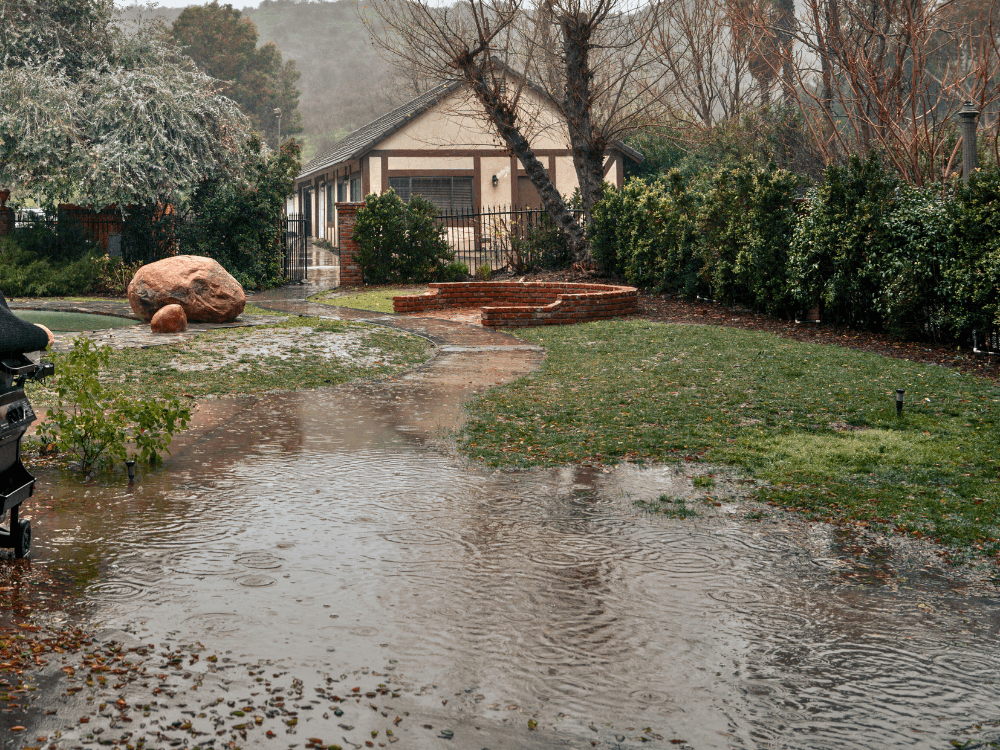
Questions to ask your landscaper:
Would a soakaway be suitable for my garden?
How does it work, and where would it be installed?
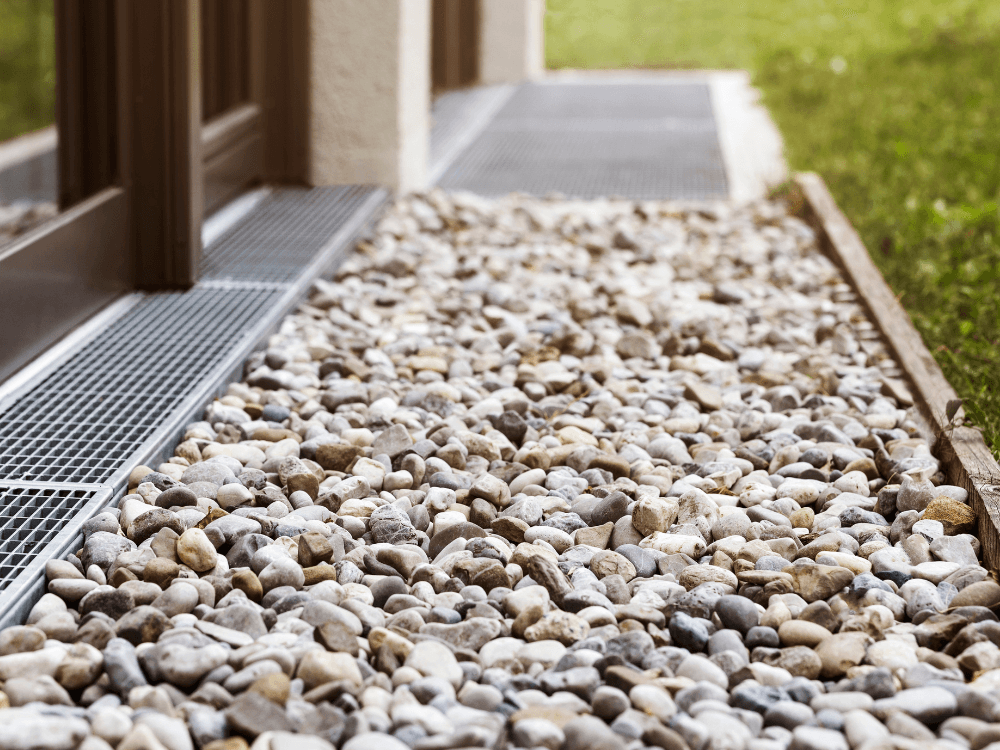
Questions to ask your landscaper:
Would a French drain help prevent water pooling?
Is my soil type suitable for this kind of drainage solution?
French drains
- A trench filled with gravel and a perforated pipe helps redirect excess water away from the patio.
- Useful in areas with heavy rainfall or poor soil drainage.
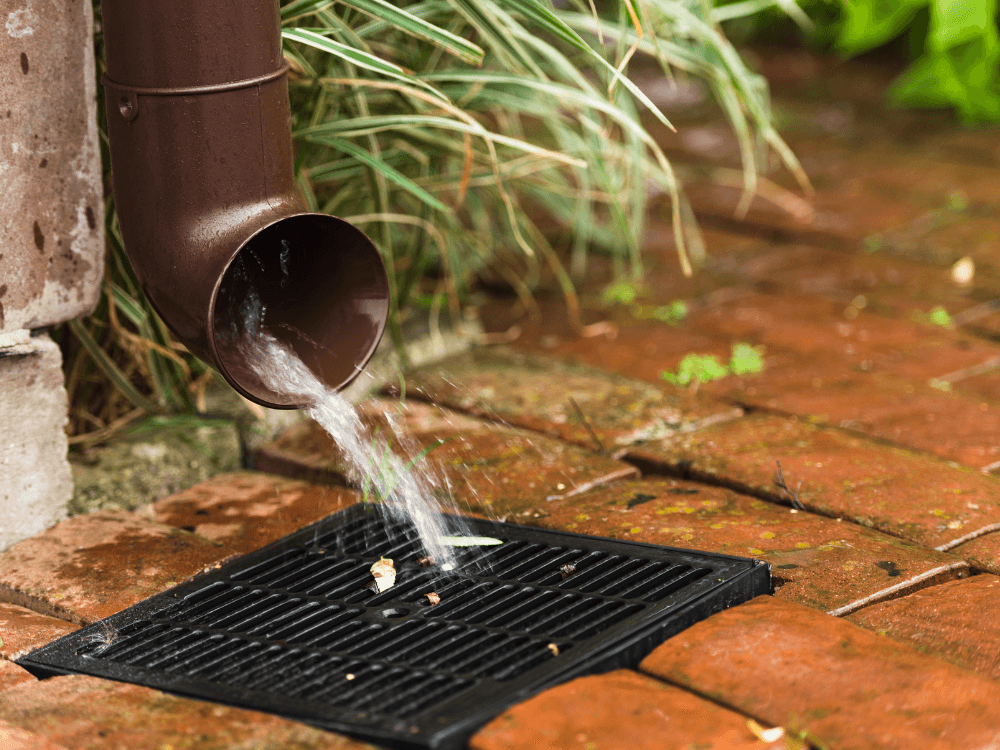
Questions to ask your landscaper:
How will rainwater from gutters and
downpipes be managed?
Can they be redirected to a water butt or
soakaway instead of spilling onto the patio?
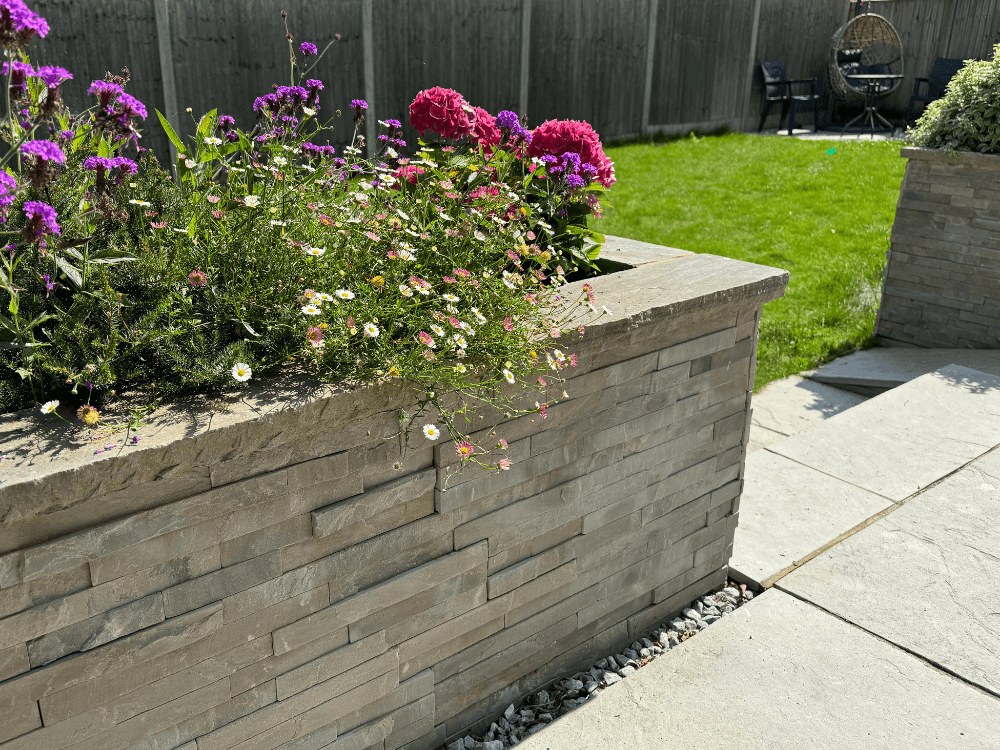
Questions to ask your landscaper:
Can gravel borders or drainage gaps be incorporated into the design?
Will they help with water runoff while complementing the overall look?
Gravel borders & drainage gaps
- Incorporate gravel and decorative stone borders or small gaps between paving to help with surface water runoff.
- Enhances permeability while complementing patio aesthetics.
Permeable surfaces
- Use permeable products to allow rainwater to filter through.
- Helps to support sustainable drainage by putting less pressure on our drains and sewers and reducing the risk of flooding.

Questions to ask your landscaper:
Would permeable products be a good option to use?
How does permeable paving compare
to traditional paving?
When installing permeable paving, it’s essential to use the right base and grout to ensure effective drainage while maintaining durability.
Base for permeable paving
A permeable base allows water to drain through while providing a stable foundation. The typical layers include:
- Sub-base – Use a free-draining, open-graded aggregate, such as scalpings
- Bedding Layer – such as 2–6mm free-draining limestone, rather than standard compacted sand, helps maintain permeability.
- Membrane – a permeable membrane beneath the sub-base can help prevent soil migration while allowing water to filter through.
Grout for permeable paving
Standard cement-based grout can block water drainage, so opt for resin-bound or permeable jointing compounds or 2–4mm jointing aggregate for block paving to maintain permeability.
For more detail on this see our blog on grout.
Using the right base and grout ensures that permeable paving remains effective, reducing surface water build-up while maintaining structural integrity.
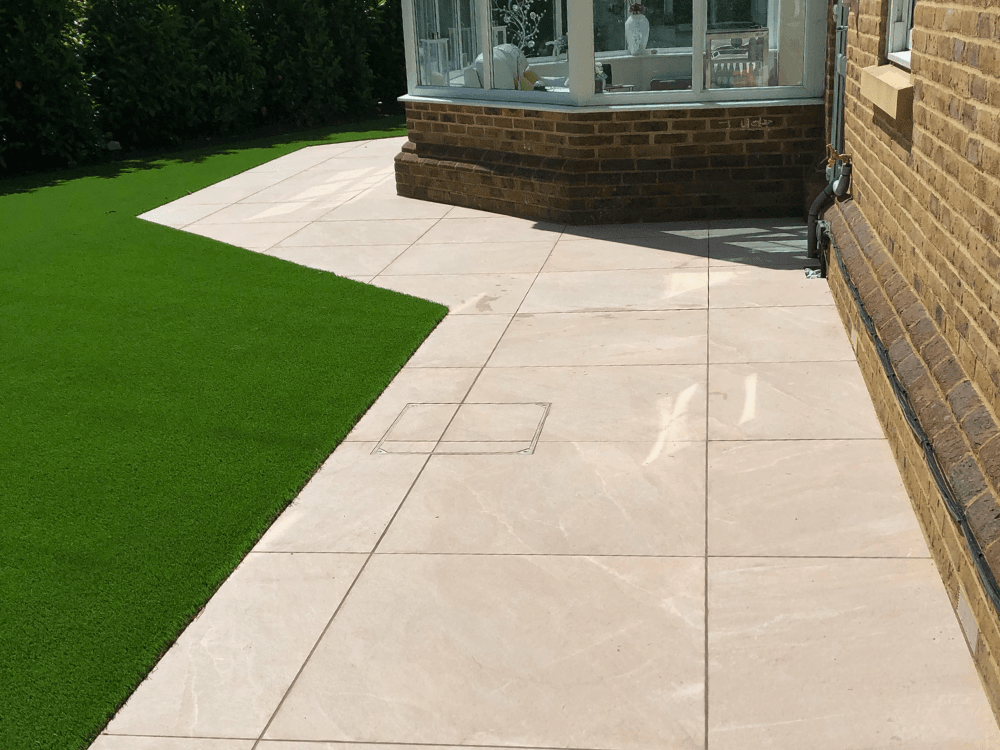
Questions to ask your landscaper:
How will the patio be sloped to ensure
proper drainage?
Will it have a slight gradient to direct water
away from buildings?
Sloping the patio surface
- Ensure the patio has a slight gradient (typically 1:60-80) away from buildings to direct water towards a drainage area.
- This prevents water from pooling and causing damp issues.
